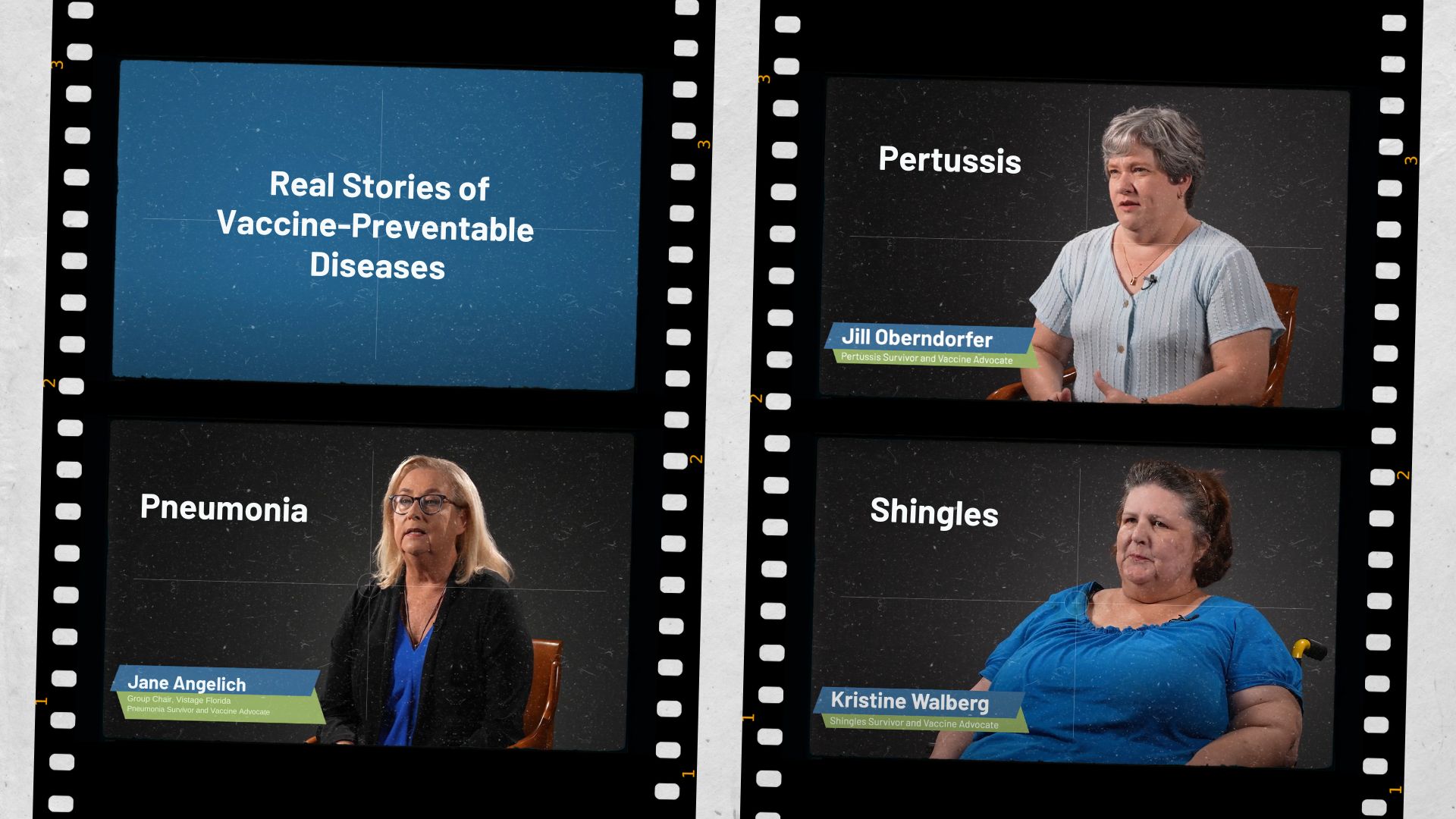
Health care in 2019 will no doubt be impacted by a broad range of forces – the need for more affordable care and lower drug prices, technological advances that put patients more and more in charge of their health, new members of Congress with new agendas on Capitol Hill, and an ongoing opioid crisis that is devastating entire communities. Given this potent and urgent mix, it is risky to try to see into this particular future. But let me take a moment and share what I see as the top health care issues to watch in 2019.
Telehealth:
Telehealth is now used by about half of the hospitals in the United States. As we look ahead into 2019, we anticipate that telehealth will continue its rapid and widespread growth, providing unique value to aging patients, especially among rural populations. Patients are not the only ones who benefit from this technology: telehealth frequently eases the stress on their family caregivers, who themselves are often older.
Wearables:
Concurrent with the growth of telehealth, “wearables” and home monitoring devices will increasingly provide a broad range of health care options for older adults, their caretakers, and their health care providers. While wearables, used with a smartphone or other sensing system, are in the infant stages of development and still face rigorous clinical testing, there is growing consumer demand and physician acceptance. This is especially true in the treatment of chronic diseases. EKGs have been implanted in smartphones, for instances, and can be activated along with pocket-sized electrodes when patients begin to experience symptoms of atrial fibrillation. Diabetes monitors that provide real-time glucose levels are currently and successfully being used by patients. Older adults with diabetes may benefit even more from the next level of sensors that may provide physicians with information about diet, activity levels and stress, giving them an even more complete picture of the patient’s condition.
Early Diagnosis of Neurodegenerative Diseases:
In fact, neurodegenerative diseases – Alzheimer’s and Parkinson’s, especially – will receive intensified focus during 2019, much of it looking at earlier diagnosis and treatment of these diseases. For instance, PET imaging has been shown in a major study to detect the presence of amyloid plaques in the brain, one of the hallmarks of Alzheimer’s disease. Patient advocacy groups have recommended that PET imaging should be considered for patients with clear, measurable cognitive defects, but substantial diagnosis uncertainty. The Centers for Medicare and Medicaid Services (CMS) has declined to cover the costs of these tests outside of clinical trial settings but given the number of drugs in the pipeline that would treat Alzheimer’s in its early stages, this decision needs to be revisited.
Value-Based Payment in Medicare:
There will be a continued march toward value-based payment in Medicare, as the Administration sorts through various plans to tackle drug pricing. There are already changes pending, from an earlier-than-previously mandated closing of the “donut hole” for Medicare beneficiary out-of-pocket prescription drug costs, to repeal of the cap that has limited coverage for various types of therapy, to better coverage for various forms of telemedicine. In the next year or two, Medicare Advantage plans will cover reimbursement for home health aide services, home safety improvements, and prepared meals delivered to the home. To help us understand it all, Medicare is purportedly revising its hard copy and on-line guide to its services. On top of that, CMS recently announced two new model programs that will be available to Medicare Part D and Medicare Advantage plans in 2020, which include: 1) a new Part D Modernization Model through the Center for Medicare and Medicaid Innovation, and 2) an expansion of the existing Medicare Advantage Value-Based Insurance Design model.
Alliance for Aging Research:
Finally, a prediction that is certain to come true. The staff and allies of the Alliance for Aging Research will continue their important and relentless work to accelerate the pace of scientific discoveries and apply them to improve the experience of aging and health. We are grateful for the results they delivered in 2018, and we look forward to their 2019 successes.






